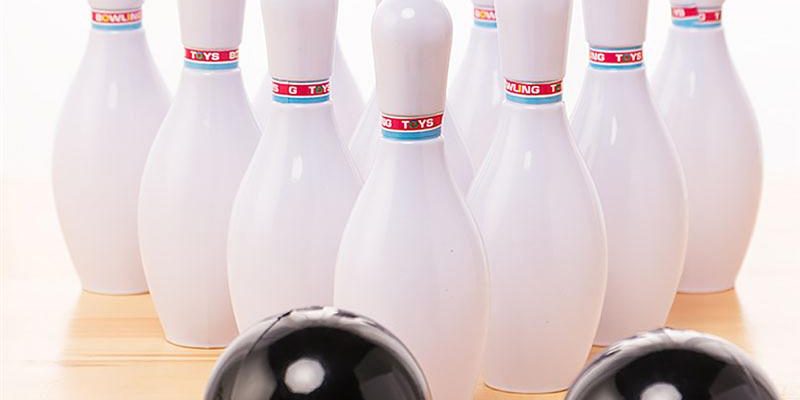Bowling pins have come a long way in their design and construction, evolving from solid wood to synthetic materials. In this blog post, we’ll explore the fascinating journey of bowling pin design and how it has influenced the game of bowling.
Traditional Wooden Pins
For much of the history of bowling, wooden pins were the norm. Made from maple and pine wood, these pins offered a classic, natural feel on the lanes. However, wooden pins had some drawbacks, including susceptibility to wear and damage, which led to inconsistencies in pin action.
The Transition to Synthetic Pins
In the 1980s, synthetic pins made their debut in the bowling world. These pins, typically made from durable plastic materials, offered several advantages:
- Consistency: Synthetic pins are manufactured with precise specifications, ensuring uniformity in pin weight, dimensions, and balance. This consistency has greatly improved the fairness of the game.
- Durability: Synthetic pins are more resistant to wear and damage compared to wooden pins. This means they maintain their shape and performance over a more extended period.
- Economic Benefits: Bowling centers have found that synthetic pins are cost-effective in the long run due to their durability and extended lifespan.
Modern Synthetic Pin Technology
Today, advanced materials and manufacturing techniques have further improved the quality of synthetic bowling pins. These pins are designed to mimic the appearance and feel of traditional wooden pins while offering the benefits of modern materials.
Conclusion
The evolution of bowling pin design from wood to synthetic materials represents a significant advancement in the sport of bowling. It has contributed to a more consistent and enjoyable bowling experience for bowlers of all skill levels. Whether you prefer the classic feel of wooden pins or the durability of synthetic ones, the choice ultimately depends on personal preference and the bowling center’s equipment.






